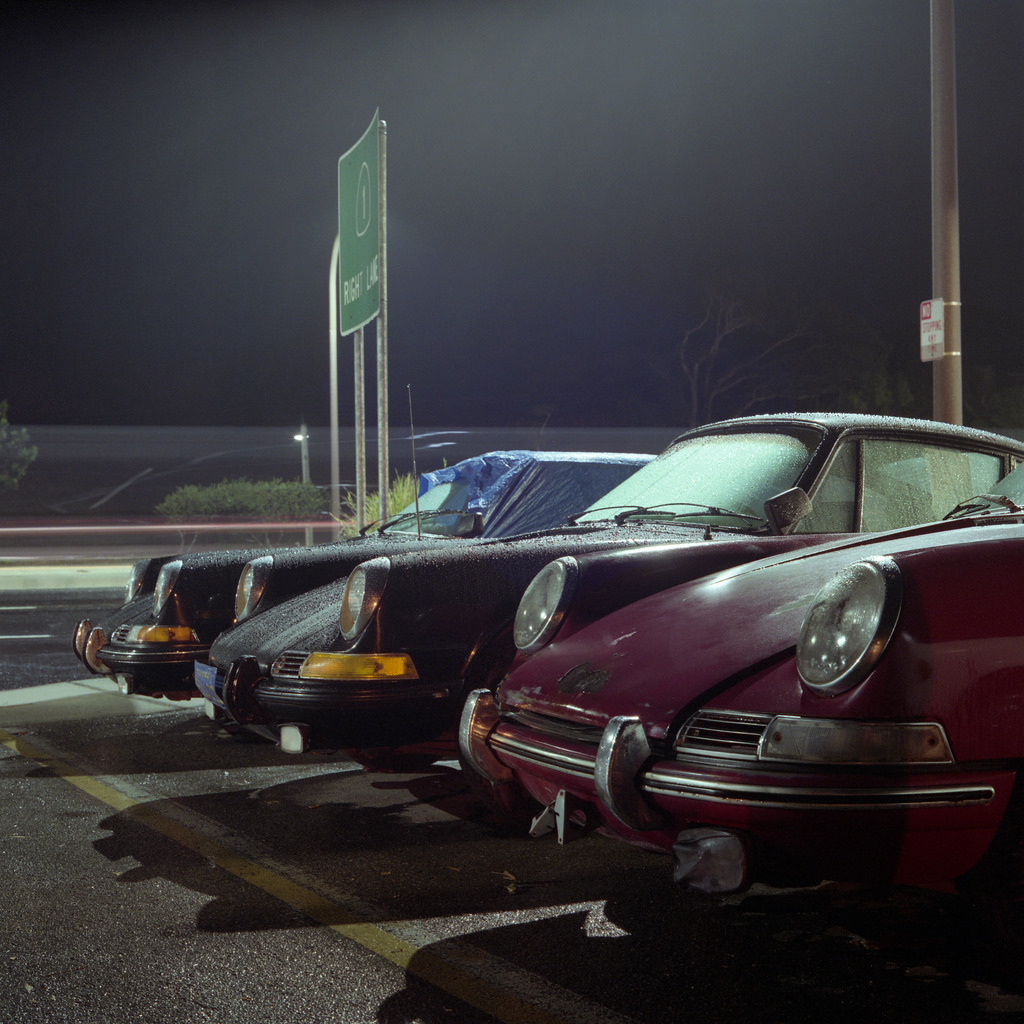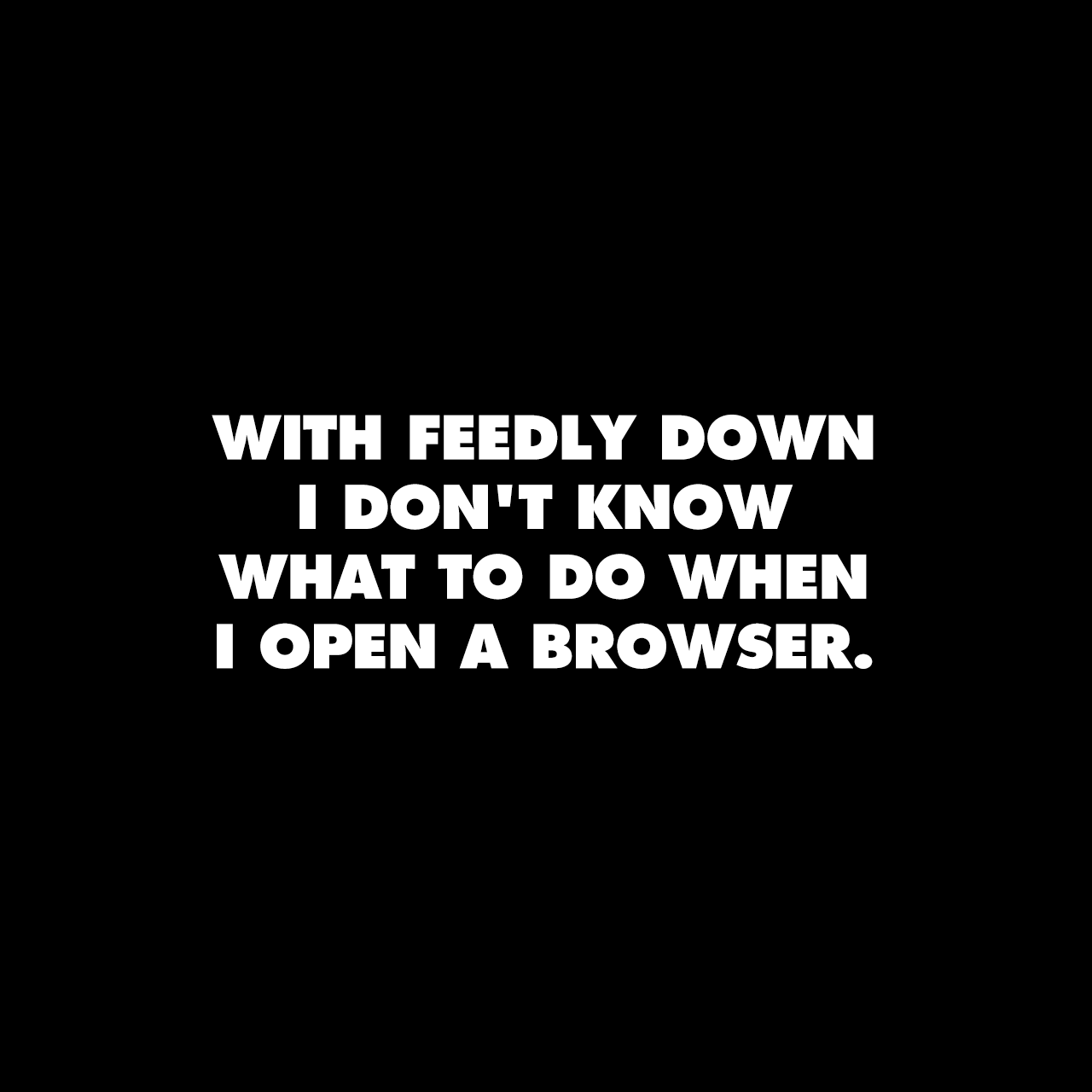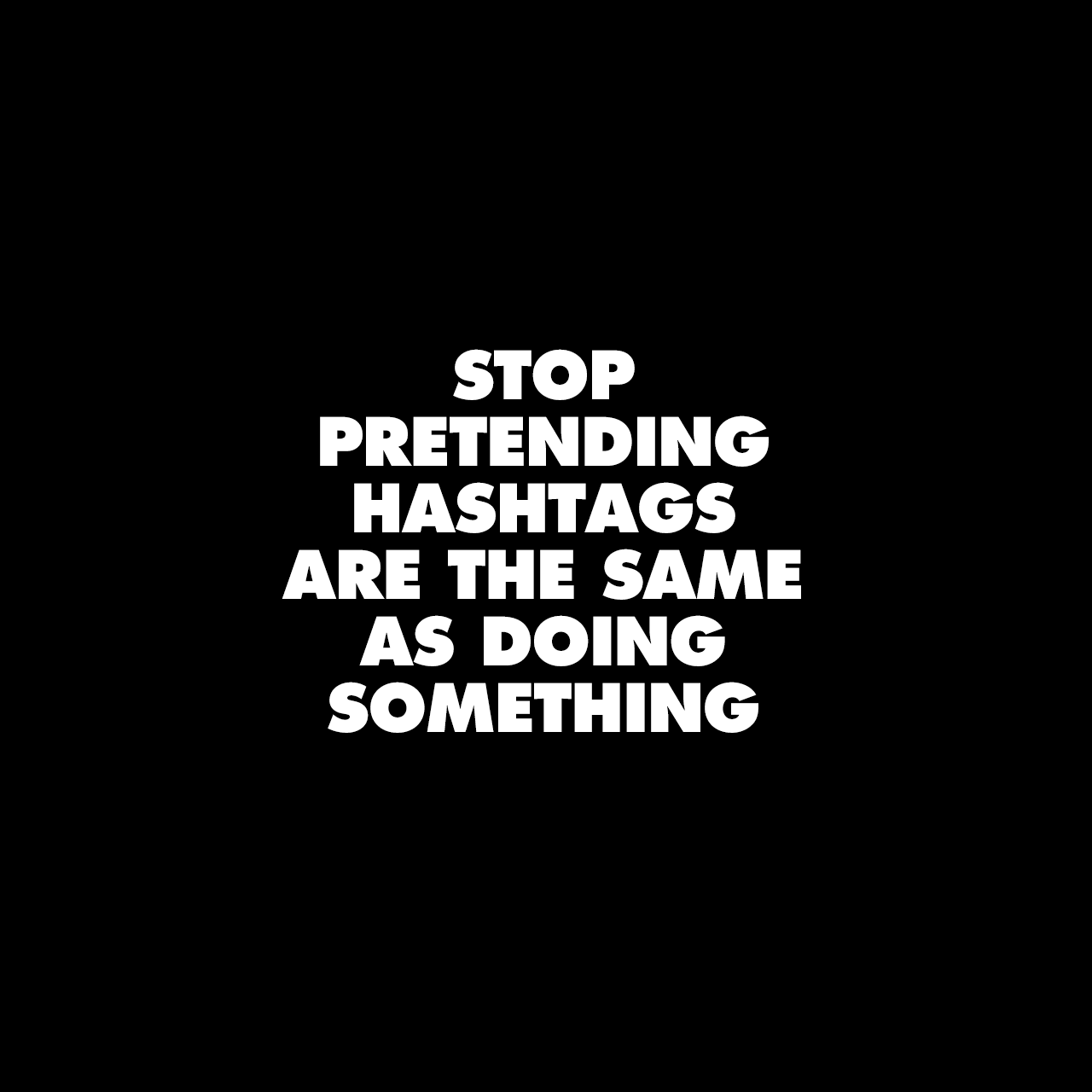Albert Einstein said, “You do not really understand something unless you can explain it to your grandmother.”
One of the best ways to explain something to someone is through metaphor and analogy.
Horace Dediu, as usual, nails Apple’s World Wide Developer Conference:
The path to realizing this is to imagine the world as the “D” in WWDC see it. Developers don’t just build. Using an analogy of building or construction, they are architects and designers as well as contractors and craftsmen and artists as well as builders. And not of just of houses but of cities and communities. They see and think through tools and techniques for building and innovations in building materials. Innovations which allow them to imagine first and, later, to build new cities in ways that were never before possible.
We were therefore witnesses to an event which was, in essence, a cement conference. A new building material was introduced along with the methods for using it and the tools for shaping it. Perhaps some observers expected to see skyscrapers and interstate highways presented, and thus were disappointed. But they should not have had such expectations. A cement conference is esoteric. It’s about the rudiments which, when combined with imagination, ingenuity and a lot of work, generate livable spaces.
Outsiders seemed disappointed with last week’s WWDC. No new toys, nothing shiny to take pictures of and post on their websites, but every insider (including a coworker of mine) who went was super-excited with all the announcements.
Such is life, though. I can’t count the amount of times I’ve explained something (like a Kickstarter project) I’ve envisioned and it’s fallen on deaf ears. Most people have shitty imaginations. Only once you’ve executed your vision do they jump on the bandwagon (to be fair to my imaginary skeptic, most people never execute, they just love to talk).
It’s no different with what Apple announced at WWDC. The hundreds of new features and tools in iOS and OS X open up countless new ways of doing things we’ve never been able to do before on these platforms, but most people will not “get it” until developers start building new things.







